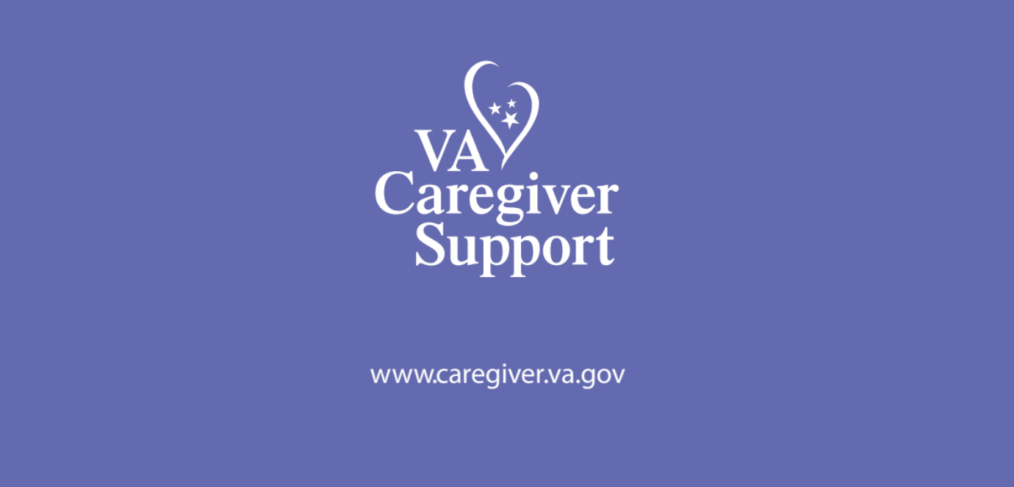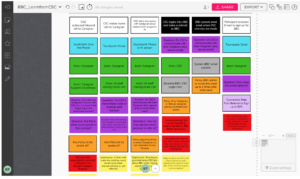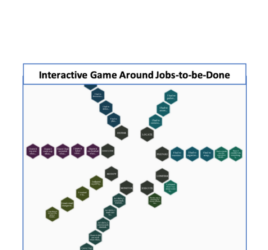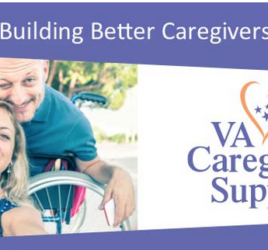
Service Blueprinting with the VA
In May, we were fortunate enough to bring together a variety of stakeholders for a Service Blueprint exercise with the Caregiver Support team from the Department of Veteran Affairs. The group included VA Peers Support Mentors, front line Call Center Support staff, VA Caregiver Support Specialists, as well as Caregivers themselves. From these exercises, we’re always amazed at both the simple and profound insights we gain. This time, we wanted to better understand how Caregivers learn about our Building Better Caregivers® program, our digital six-week program that helps Caregivers reduce stress and improve social isolation offered at the VA.
Service Blueprinting involves bringing together a collection of stakeholders that potentially interact with program participants to learn about their processes and how our services interact with their normal flows. In the service blueprinting session, we call these stakeholders “actors”. As Canary Health® has continued to evolve our innovation practice, we have been working with our clients using this technique to better understand the user experience for participants in our programs. Service Blueprinting is a technique that focuses on exposing the surface to the core of how we deliver and operate digital health programs within a broader customer experience ecosystem like a healthcare system.
Below is a snapshot of an artifact from the Service Blueprint exercise. You can see it melds the user flow with the core interaction from other “actors” in an attempt to map the entire service. And while this deeply involves mapping the participant’s flow in the digital application, that is only part of the Service Blueprint – because only part of the service is the digital element.

It was a great learning experience that helped us better understand the inner workings of how a customer experiences is actually produced for Caregivers and identified opportunities for improvements. For example, a couple of the key insights/learnings were:
- Caregivers can feel overwhelmed at the start with too much information, better to give them opportunities to learn about services periodically across the referral channels.
- Vocabulary/terms are a struggle (e.g. Aid and Attendance). Caregivers don’t exactly know what to ask for when they reach out for help so we need to speak their language not ours.
- Many Caregivers learn about Caregiver services through their peers
We thank the VA Caregiver Support Program for their partnership and willingness to continue learning with us to expand the reach and impact of Building Better Caregivers®.


